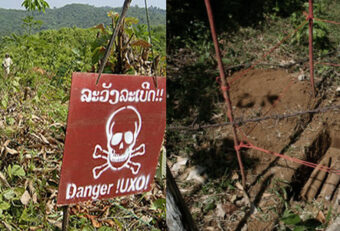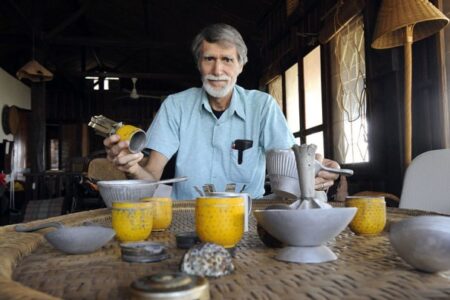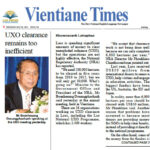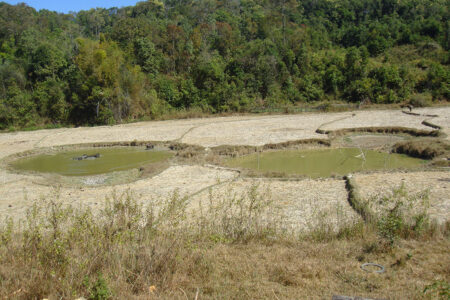UXO Impact
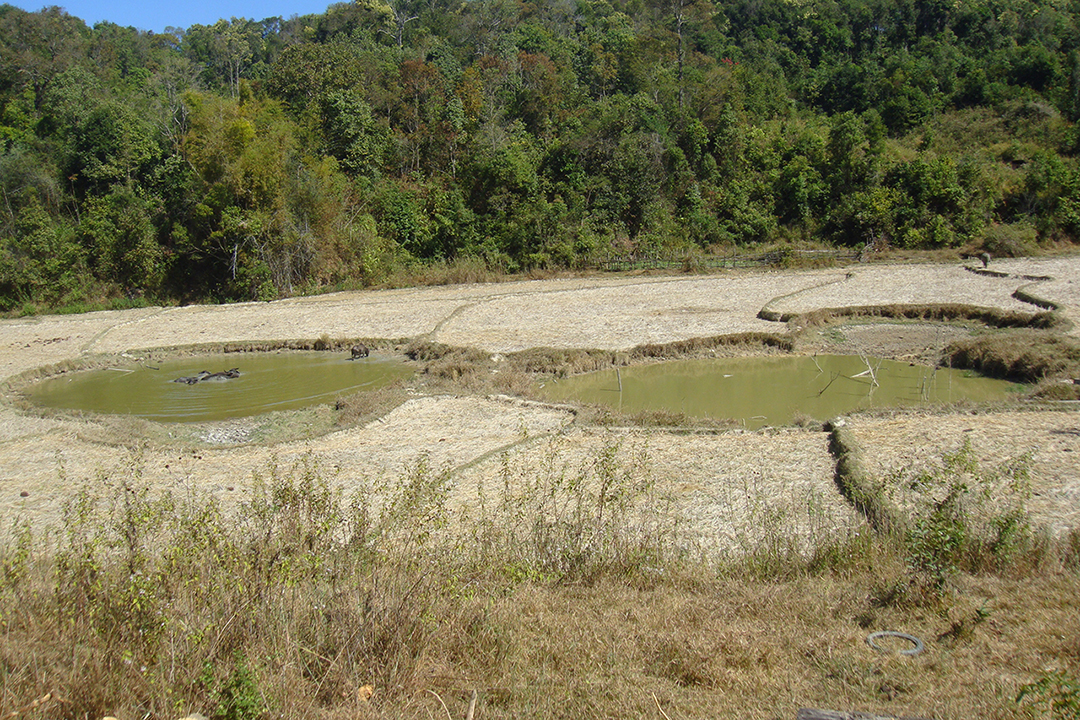
Laos is considered a least-developed country in which the majority of the population are living a subsistence-farming based lifestyle. In simple terms, the impact of UXO contamination is to kill and injure people and diminish food production. Communities cannot access the agricultural land they need or are forced to take terrible risks with their physical safety in order to feed themselves. UXO prolong and exacerbate these conditions of poverty.
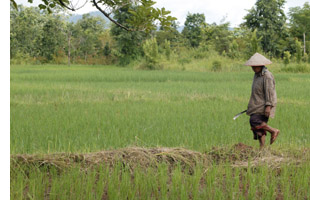 Unexploded ordnance restricts many aspects of community development and nation building, as the activity needed to drive forward progress and socio-economic development is either stopped or delayed. The Government of Laos recognizes this and sees UXO clearance as a key development priority. Institutions such as the World Bank also acknowledge the connection and contend that GDP growth is retarded significantly by the presence of a pervasive UXO problem.
Unexploded ordnance restricts many aspects of community development and nation building, as the activity needed to drive forward progress and socio-economic development is either stopped or delayed. The Government of Laos recognizes this and sees UXO clearance as a key development priority. Institutions such as the World Bank also acknowledge the connection and contend that GDP growth is retarded significantly by the presence of a pervasive UXO problem.
How does UXO hold back Development?
 – Fertile or valuable land is rendered inaccessible and/or not fully usable because of the risks involved cultivating that land. This often contributes to chronic food insecurity.
– Fertile or valuable land is rendered inaccessible and/or not fully usable because of the risks involved cultivating that land. This often contributes to chronic food insecurity.
– Local trade and market access is diminished due to diminished crop yields as well as the dangers of transporting goods and services to and from contaminated areas.
– Infrastructure projects such as road and school-building are delayed or made prohibitively expensive by the cost of clearning UXO.
– Investment opportunities in areas such as tourism and mining, are delayed by having to clear UXO
– National health institutions struggle to meet the wide range of rehabilitation needs of so many victims.
– Families and communities suffer significant physical, emotional, social and financial trauma. Both victim and their family are often stigmatized and marginalized in their communities.
 – Survivors have great difficulty in integrating back into the labor force because of stigma and the absence of affirmative action initiatives for UXO survivors. (Laos does not currently have the resources for such programs.)
– Survivors have great difficulty in integrating back into the labor force because of stigma and the absence of affirmative action initiatives for UXO survivors. (Laos does not currently have the resources for such programs.)
A Tough Place to Work
Complicating the picture even further is the Lao terrain and climate. The prevalence of remote, rugged and mountainous landscapes and the protracted wet season restrict the development of travel and communication infrastructure. This in turn makes UXO clearance activities more difficult.

